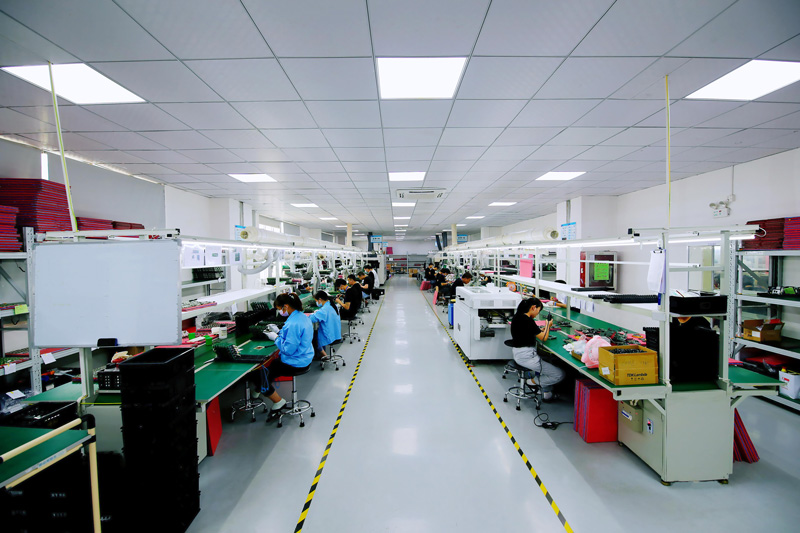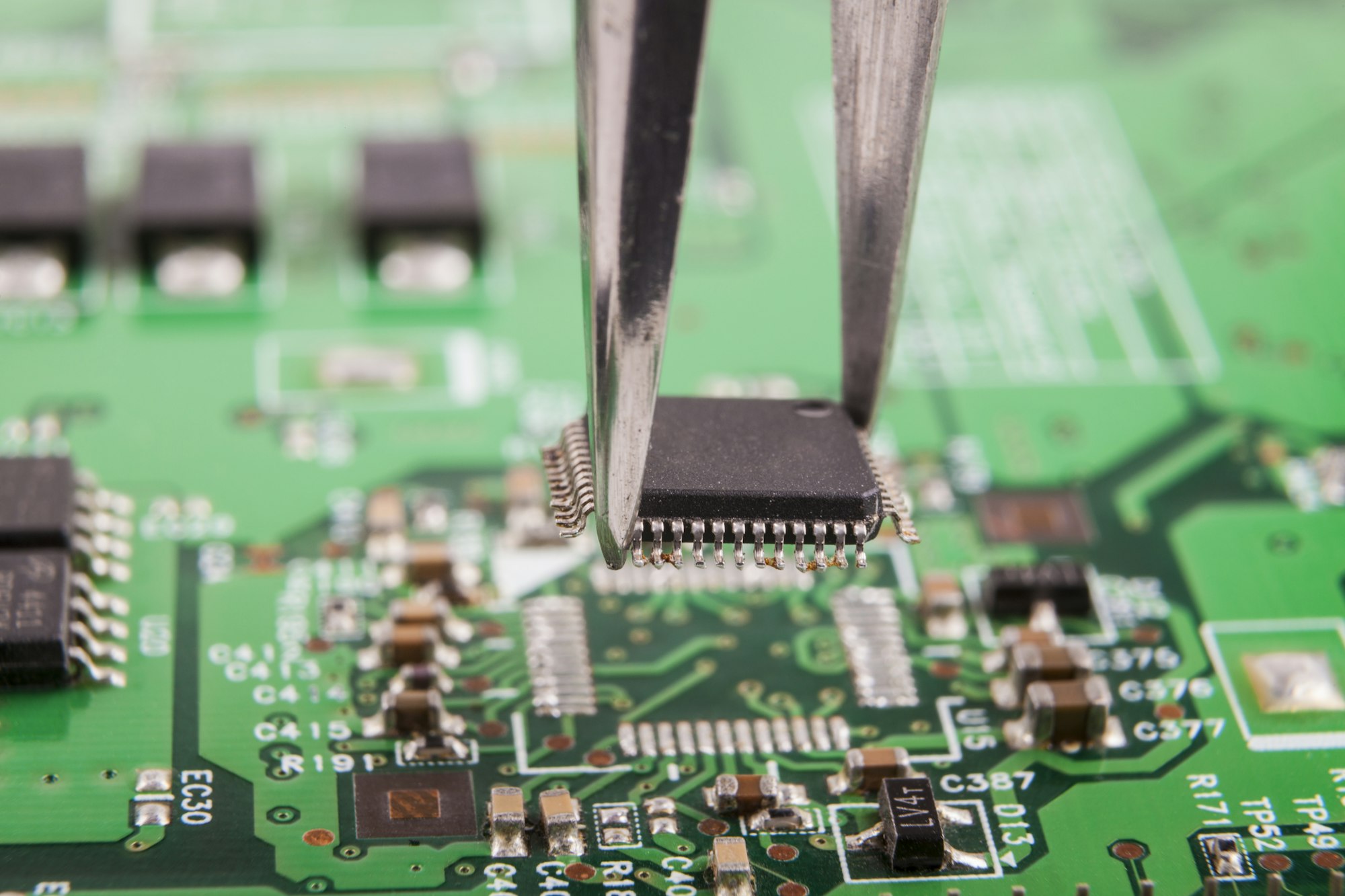What is the lead time for a PCB?
The lead time for printed circuit boards (PCBs) depends on factors like complexity, volume, manufacturing capabilities, and specific requirements. Simple, small-volume PCBs can be produced within 1 to 5 days, while more complex or larger orders might take 2 to 6 weeks or longer. This variability is influenced by the number of layers, special materials, and features required, as well as the efficiency of the PCB manufacturer and the logistical considerations related to the facility’s location.
What is the Turnaround Time for PCB?
The turnaround time for PCBs can vary dramatically based on the complexity of the design and the production capacity of the manufacturer. Quick-turnaround PCBs can be produced within a single day for simple designs, but more complex configurations might require up to three weeks.
| Layer Count | Turnaround Time |
|---|---|
| Up to 6 layers | 1 day |
| Up to 10 layers | 2 days |
| Up to 16 layers | 3 days |

What Lnfluences PCB Lead Times?
There are several factors that can affect lead time for a PCB.
- Design Complexity: More complex designs require longer production times.
- Material Availability: Shortages of required materials can delay production.
- Manufacturing Capacity: Limited production capacity can extend lead times during high demand.
- Quality Requirements: Higher standards for testing and quality assurance can increase production time.
How to Reduce lead time for a PCB?
- Streamline Design: Simplify designs where possible to speed up production.
- Engage Early: Work closely with manufacturers early in the design process to anticipate potential delays.
- Alternative Materials: Consider using alternative materials that are readily available to avoid delays.
- Rush Fee:Some suppliersM can provide expedited services. Of course, some rush services fees are required exclude the PCB cost. The specific fees can be confirmed with the supplier.

Conclusion
Effective management of PCB lead times is vital for maintaining project schedules and budgets. By understanding the factors that affect these times and implementing strategies to mitigate delays, stakeholders can ensure smoother project execution.



